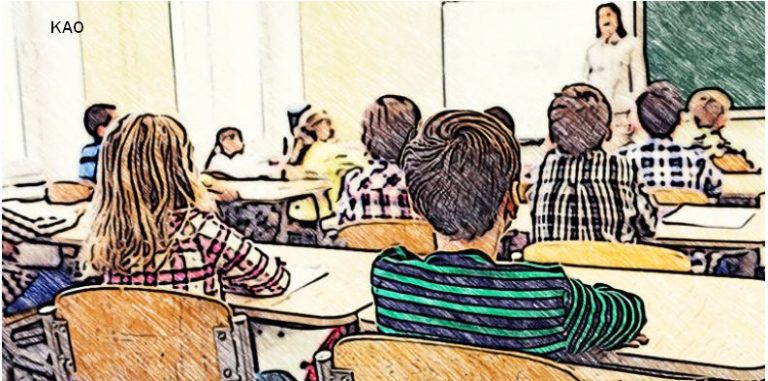

In past articles (here and here, for example), Usable Knowledge has explored the dynamics of talking about race in schools, especially in the aftermath of incidents of bias or trauma. The assumption has been that race is a pressing and relevant topic, one that educators and students are, or should be, actively seeking to confront. But in segregated schools where most people are white or majority-identified, are those conversations happening? We wanted to take a look at how to give young people in those schools a point of entry.
When racially charged controversies dominate the news cycle, some young people may feel disconnected — or even uninterested.
The reality is that many neighborhoods and schools in suburban and rural America are not diverse and are largely white. Students may not see many people who look different from them. Conversations about race can feel personally irrelevant, and therefore obligatory and rote. And teachers may feel stymied, worried about finding the right words.
So why have the conversation at all? As the 2016 election emphasized, there are deep racial and geographical divides in our country, leading to “a profound lack of creative empathy,” says Kathryn Short, a doctoral student at the Harvard Graduate School of Education (HGSE) who is interested in ways to talk to young people about racial injustice. Many white Americans were unable to envision the struggles and desires of marginalized people or of people whose lives were vastly different from theirs.
“We have to start asking kids, ‘How do you hold true to what you have experienced while holding what other people have experienced as truth as well?’” says Short. Teaching children from a young age how to understand disparate perspectives can begin to repair today’s widespread divisions.
And from an academic standpoint, Short explains, talking about race is an important lesson in critical thinking. When students learn about the history of housing, job, and education policies in the United States, they can begin to understand why their home community looks the way it does — is everyone mostly the same, or is the community more diverse? — and to question whether today’s policies are similarly discriminatory or more inclusive.

What is the Main Cause of a Heart Attack? What is its Solution? A heart attack is the blockage of… Read More
In the vast economic arena, one term that often takes center stage, inciting extensive debates and discussions, is the "debt… Read More
De-Dollarization: The Changing Face of Global Finance The financial landscape is in a state of flux, with an intriguing economic… Read More
The curtains closed on a dramatic Bundesliga season with Bayern Munich standing tall once again, clinching their 11th straight title.… Read More
The Unfolding Story of Celine Dion's Health In recent news that has left fans across the globe stunned, iconic singer… Read More
As the echoes of the recent NBA season start to fade, the attention of enthusiasts is firmly glued to one… Read More
View Comments
good